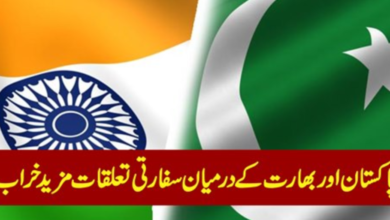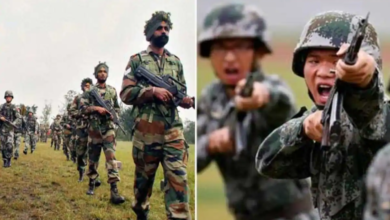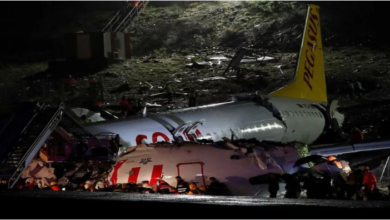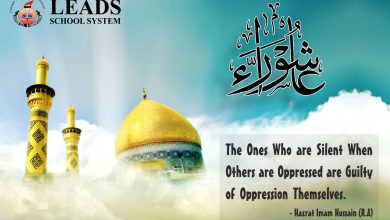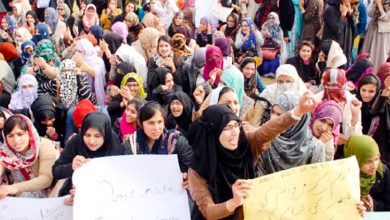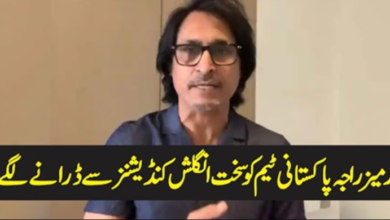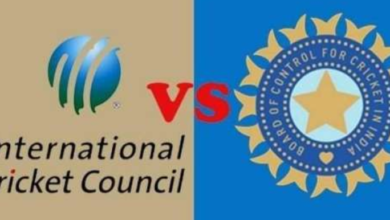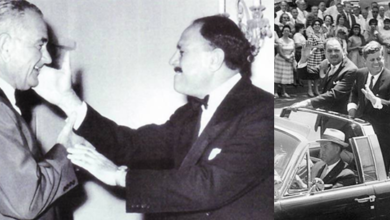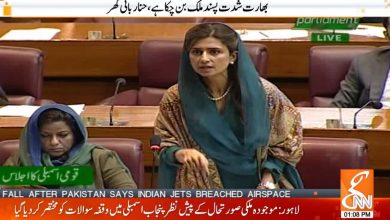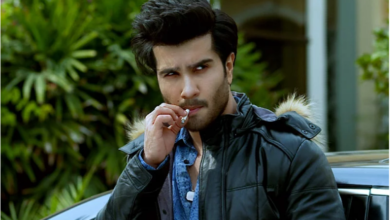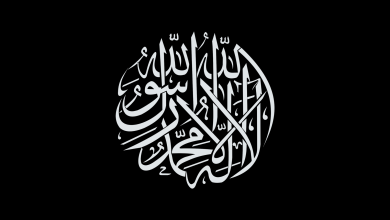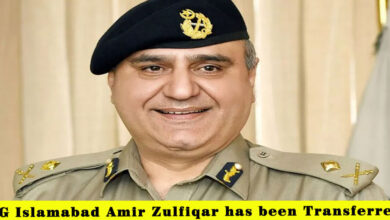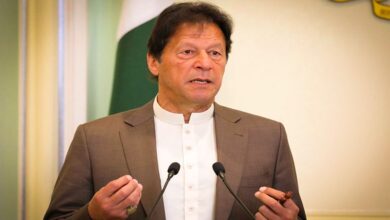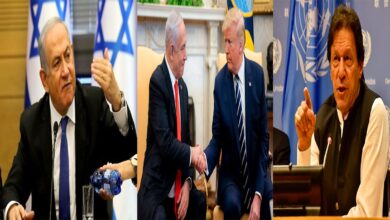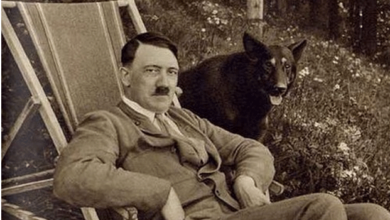ڈریکولا اصل میں کون تھا اور اس کا سلطنت عثمانیہ سے کیا جھگڑا تھا؟
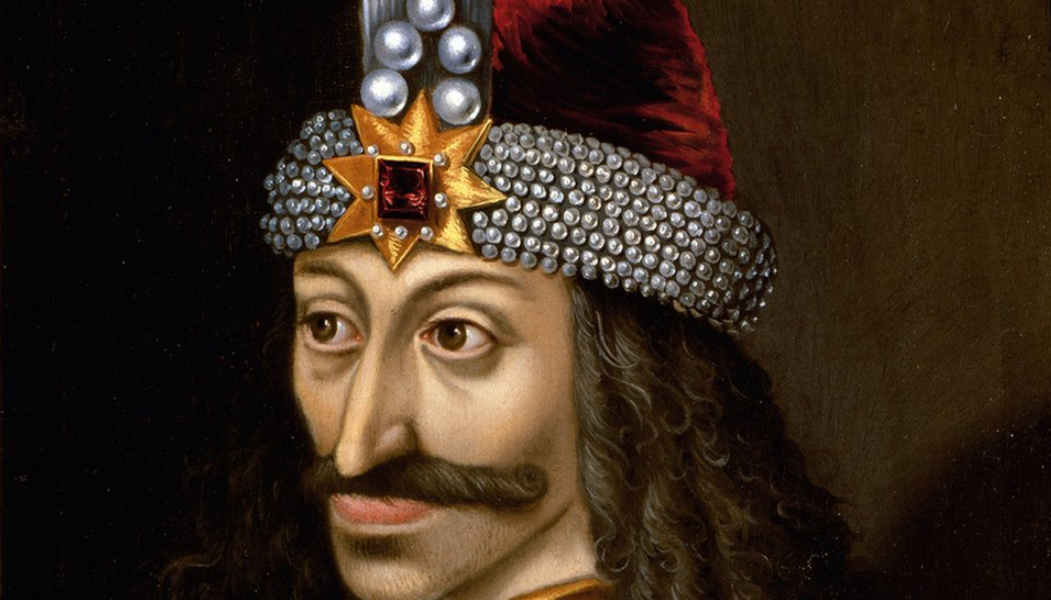
سلطان محمد دوم جب 17 مئی سنہ 1462 کو استنبول سے یورپ میں دریائے ڈینیوب کے پار والیچیا کی ریاست کے حکمران، شہزادے ولاد سوم ڈریکولا، کو سبق سکھانے کے لیے نکلے تھے تو کم ہی لوگوں نے سوچا ہو گا کہ اس مہم کا ایسا انجام ہو گا۔
سلطان محمد دوم کی سلطنت کے مقابلے میں ڈریکولا کا ملک بہت چھوٹا تھا لیکن مؤرخ لکھتے ہیں کہ اس میں اپنے حکمران ہونے کا احساس سلطان محمد دوم کے مقابلے میں کسی طرح بھی کم نہیں تھا
یہ منظر تھا ایک میدان کا جہاں ایک میل کے علاقے میں ہر طرف نیم دائرے کی شکل میںتقریباً 20 ہزار نیزے زمین میں گڑے تھے اور ہر ایک پر ایک ترک قیدی کی کٹی پھٹی لاش پروئی ہوئی تھی۔
دو سب سے اونچے نیزوں پر سلطنت عثمانیہ کے ایک علاقائی عہدیدار حمزہ پاشا اور یونانی کاتاوولینوس کی لاشیں تھیں جن کی ہلاکت کو کئی ماہ گزر چکے تھے۔ ان کے جسموں پر کسی وقت میں موجود قیمتی لباس کی باقیات ہوا میں لہرا رہی تھیں جبکہ فضا میں موجود واحد بو سڑے ہوئے انسانی گوشت کی تھی۔
یونانی مؤرخ چالکونڈائلز لکھتے ہیں کہ یہ وہ منظر ہے جس نے جون 1462 میں یورپ کی ریاست ٹرانسلوینیا کے شہر تیرگووستا سے 60 میل دور سلطنت عثمانیہ کے ساتویں سلطان محمد دوم کی فوج کے ہراول دستے کا استقبال کیا تھا۔
سلطان محمد دوم جب 17 مئی سنہ 1462 کو استنبول سے یورپ میں دریائے ڈینیوب کے پار والیچیا کی ریاست کے حکمران، شہزادے ولاد سوم ڈریکولا، کو سبق سکھانے کے لیے نکلے تھے تو کم ہی لوگوں نے سوچا ہو گا کہ اس مہم کا اس طرح کا انجام ہو گا۔
مؤرخ رادو فلوریسکو اور ریمنڈ مکینلی نے اپنی کتاب ’ڈریکولا: پرنس آف مینی فیسز، ہِز لائف اینڈ ٹائمز‘ میں یونانی مؤرخ کے حوالے سے لکھا ہے کہ اس منظر نے سلطان محمد پر ایسا اثر کیا کہ انھوں نے کہا ’۔۔۔۔اس طرح کے شخص سے اس کی زمین چھیننا بہت مشکل ہے۔‘
انھوں نے لکھا ہے کہ اس رات قیام کے لیے سلطان نے ترک کیمپ کے گرد گہری خندق کھدوائی اور اگلے روز فوج کو یہ کہتے ہوئے واپسی کا حکم دیا کہ یہ علاقہ اتنا اہم نہیں کہ اس کی اتنی قیمت دی جائے۔
والیچیا پہلے بھی سلطنت عثمانیہ کی تابع ریاست تھی جو اس مہم کے بعد بھی رہی لیکن مؤرخین کے مطابق اس کی حیثیت سلطنت عثمانیہ کے صوبے میں بدلی نہیں جا سکی۔
Translated in English
When Sultan Muhammad II set out from Istanbul on May 17, 1462, across the Danube River in Europe to teach a lesson to Prince Vlad III Dracula, ruler of the kingdom of Valichia, few would have thought that this campaign would end like this.
The country of Dracula was much smaller than the kingdom of Sultan Muhammad II, but historians write that the feeling of being its ruler was no less than that of Sultan Muhammad II.
It was the scene of a field where about 20,000 spears were piled up in a semi-circle on each side in an area of one mile, and on each of them lay the mutilated corpse of a Turkish prisoner.
On the two highest spears were the bodies of Hamza Pasha, a regional official of the Ottoman Empire, and the Greek Catavolinus, who had been dead for months. The remnants of the once precious garments on their bodies were fluttering in the air, while the only smell in the air was of rotten human flesh.
The Greek historian Chalkundales writes that this is the scene that in June 1462 received the vanguard of the army of the seventh Sultan Muhammad II of the Ottoman Empire, 60 miles from the European state of Transylvania.
When Sultan Muhammad II set out from Istanbul on May 17, 1462, across the Danube River in Europe to teach a lesson to Prince Vlad III Dracula, the ruler of the kingdom of Valichia, few would have thought that such an expedition Will end
Historians Rado Floresco and Raymond McKinley, in their book Dracula: Prince of Manifestations, His Life and Times, quoted the Greek historian as saying that the scene had such an effect on Sultan Muhammad that he said: It is very difficult to snatch his land from such a person.
He writes that for the night’s stay, the Sultan dug a deep trench around the Turkish camp and ordered the army to return the next day, saying that the area was not important enough to be valued so much.
Valichia was formerly a state subject to the Ottoman Empire, which remained after this campaign, but according to historians, its status could not be changed to that of the Ottoman Empire.



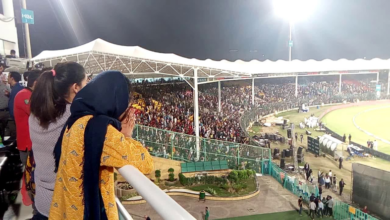

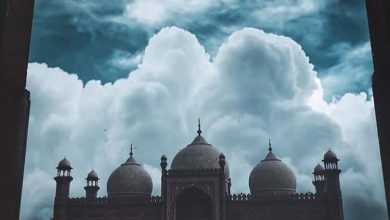



![Photo of [COVID] The United Arab Emirates Took Over | Corona Virus](/wp-content/uploads/2020/07/COVID-The-United-Arab-Emirates-Took-Over-Corona-Virus-390x220.jpg)
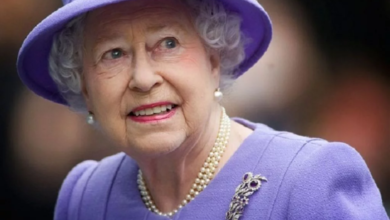
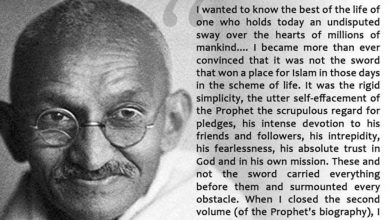

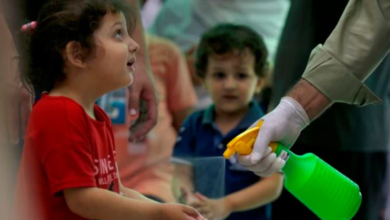



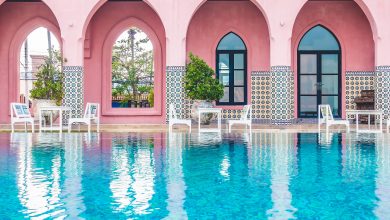

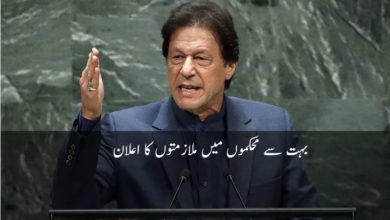

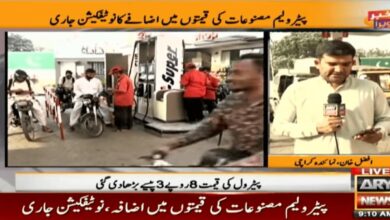

![Photo of Internet Download Manager [ IDM ] Latest Version Free Download | 2020](/wp-content/uploads/2019/08/Internet-Download-Manager-IDM-6.32-Build-7-FINAL-19-March-2019-390x220.jpg)
